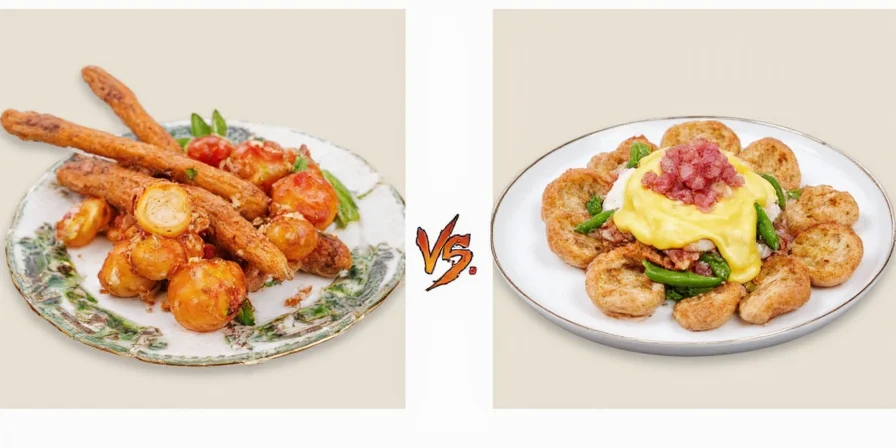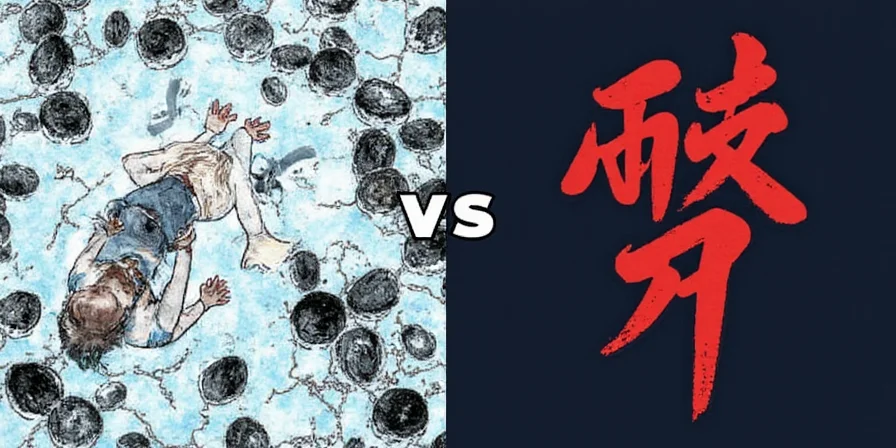Confused about chile vs chili? You're not alone. The simple answer: chile refers to the actual pepper (fresh or dried), while chili refers to dishes (like chili con carne) or spice blends. This guide explains exactly when to use each term, with practical examples that prevent recipe mistakes.
Here's what you'll learn immediately:
- The one-sentence difference that solves 90% of confusion
- Which spelling to use in recipes (and why it matters)
- Common mistakes even experienced cooks make
- How to choose the right peppers for authentic dishes

Chile vs Chili: The Basic Difference Everyone Gets Wrong
The confusion stems from two different languages and culinary traditions. Here's the quick reference:
- Chile (pronounced "chee-lay"): The correct Spanish spelling used throughout Latin America for the actual pepper, both fresh and dried. Example: "roasted green chiles"
- Chili (pronounced "chill-ee"): The Americanized spelling used for dishes (chili con carne) and spice blends (chili powder)
Real-World Examples That Prevent Recipe Disasters
Using the wrong term leads to cooking mistakes. These examples show exactly when to use each:
"Add 2 chopped poblano chiles" = Fresh or dried peppers as ingredients
"Simmer the chili for 30 minutes" = The dish (like chili con carne)

When Spelling Actually Changes Your Dish
Most home cooks don't realize that using "chili" when you should say "chile" can completely alter your recipe. Here's why it matters:
- In authentic Mexican cooking, "chile" specifically means the pepper ingredient
- "Chili" in recipes almost always refers to the Tex-Mex dish or seasoning blend
- Misusing these terms leads to ingredient confusion at the grocery store
| Term Used Correctly | Term Used Incorrectly | Resulting Mistake |
|---|---|---|
| "Roast 4 Anaheim chiles" | "Roast 4 Anaheim chilies" | You'll find no "chilies" in the produce section |
| "Make chili with beans" | "Make chile with beans" | Confuses Mexican cooks who expect peppers |
| "Use ancho chili powder" | "Use ancho chile powder" | Creates confusion about fresh vs. dried forms |
Heat Levels Made Simple: What Really Matters for Home Cooking
Forget complicated Scoville charts. Here's what you need to know for everyday cooking:
| Common Pepper | Everyday Use | Substitute If Unavailable |
|---|---|---|
| Jalapeño | Salsa, nachos, poppers | Serrano (hotter) or Anaheim (milder) |
| Poblano | Chiles rellenos, mole | Ancho (dried form) or cubanelle |
| Guajillo | Tex-Mex chili, adobo sauce | Ancho or pasilla |
| Cayenne | Spice blends, hot sauce | Red pepper flakes (use 1/2 amount) |

3 Mistakes Home Cooks Make With Chile/Chili
Avoid these common errors that ruin dishes:
- Using "chili" for fresh peppers - Grocery stores organize produce by botanical name, so "chilies" won't appear in the produce section
- Assuming heat = flavor - Mild peppers like poblanos offer complex flavor without intense heat
- Ignoring regional differences - "Hatch chiles" refers to New Mexico's crop, not a pepper variety
Practical Guide to Using Chile vs Chili Correctly
Follow these rules for perfect results every time:
When to Use "Chile"
- When referring to fresh or dried peppers as ingredients
- In authentic Mexican recipes (chiles rellenos, not chilies rellenos)
- When shopping for produce (ask for "green chiles," not "chilies")
When to Use "Chili"
- When naming dishes (chili con carne)
- When referring to seasoning blends (chili powder)
- In Tex-Mex contexts (Texas chili, not Texas chile)

Quick Reference: Chile vs Chili Cheat Sheet
| If You See... | It Means... | What to Buy |
|---|---|---|
| "chiles" in recipe | Fresh or dried peppers | Poblanos, jalapeños, etc. in produce section |
| "chili" in recipe | The dish or seasoning | Canned chili or chili powder from spice aisle |
| "chile powder" | Dried ground peppers | Ancho or pasilla powder (not generic "chili powder") |
| "chili powder" | Commercial seasoning blend | McCormick-style blend with cumin and garlic |
Frequently Asked Questions
Is one spelling correct and the other wrong?
Neither is "wrong" - it depends on context. "Chile" is correct when referring to the pepper in Spanish or authentic Mexican cooking. "Chili" is correct for American dishes like chili con carne. Using "chili" for fresh peppers causes confusion in Latin American markets.
Why do some recipes use both spellings?
Recipes from Mexico or authentic sources use "chile" for peppers. American cookbooks often use "chili" for everything. The best recipes distinguish: "chile" for ingredients, "chili" for dishes. For example, "use dried guajillo chiles to make red chili".
Does chile vs chili indicate different heat levels?
No. Heat depends on pepper variety, not spelling. A jalapeño chile has the same heat as a jalapeño chili (if that term were used correctly). The confusion comes from people thinking "chili" means hotter, but it's about usage context, not actual heat.
What's the most common mistake with these terms?
Using "chili" when shopping for fresh peppers. Grocery stores list "green chiles" in the produce section, not "chilies." Asking for "chilies" confuses staff and means you won't find what you need. Remember: fresh peppers = chiles, the dish = chili.











 浙公网安备
33010002000092号
浙公网安备
33010002000092号 浙B2-20120091-4
浙B2-20120091-4